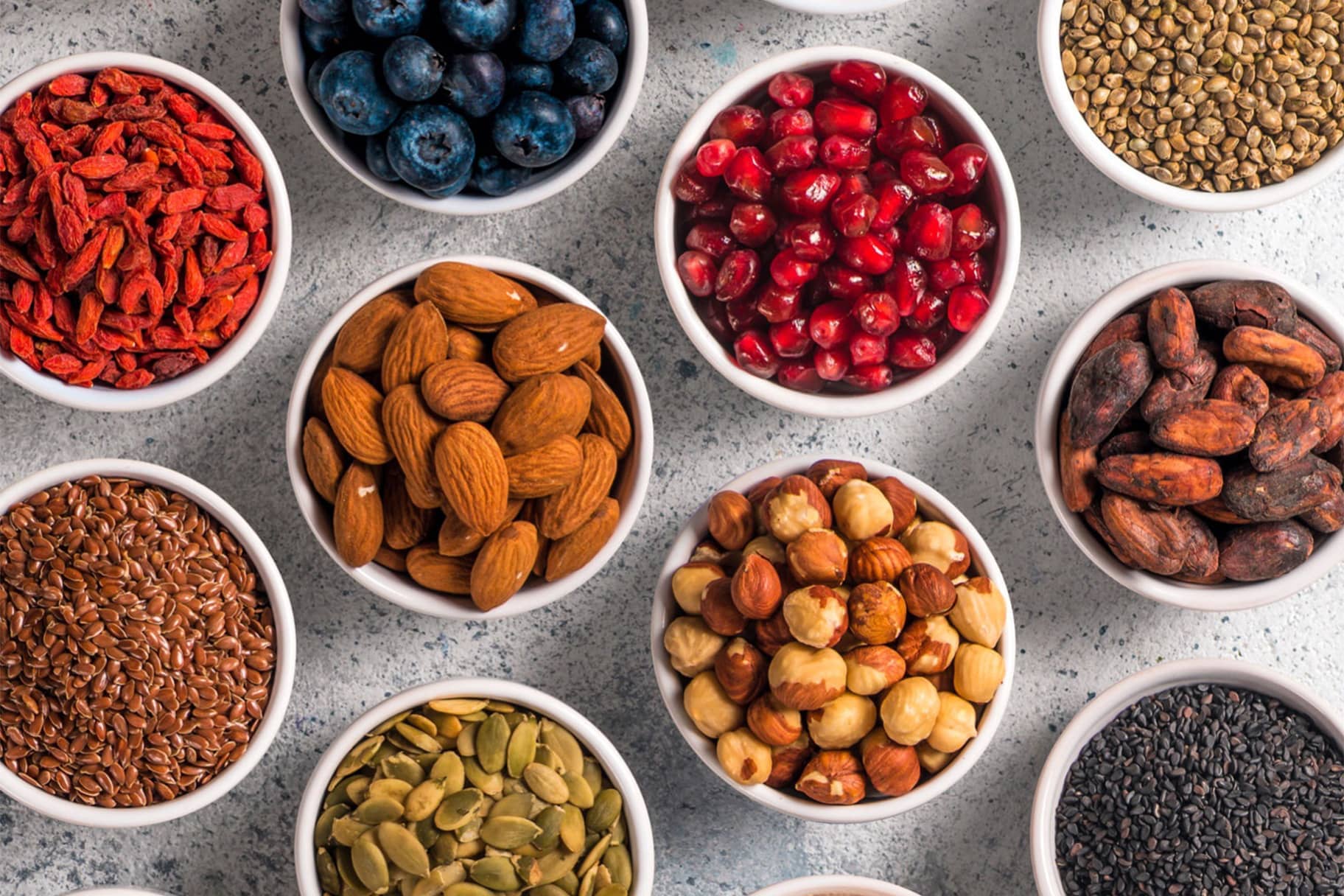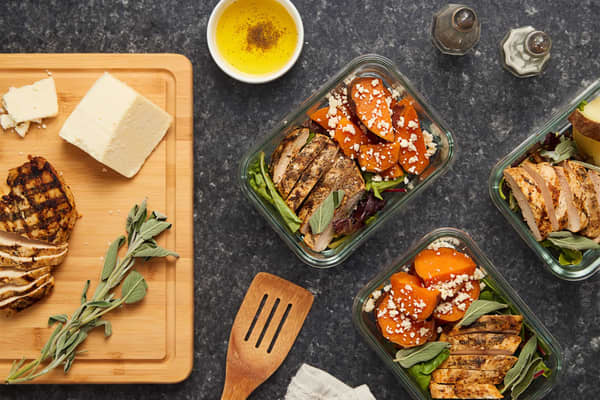Delicious Dairy-Free School Snacks, From Dietitians
Nutrition
Following a dairy-free lifestyle can be simple—and tasty. Here's what experts recommend to pack for school lunches.

If eating a slice of pizza or snackable cheese sticks tends to cause digestive upset for kids, lactose intolerance could be the culprit.
Lactose is a natural sugar found in milk and other dairy products, including cheese, whipped cream and ice cream. "With lactose intolerance, the body lacks the digestive enzyme [known as lactase] needed in order to break down lactose", said Erin Palinski-Wade, RD, CDE, LDN and ACE CPT.
Instead of lactose being properly digested within the small intestine, it heads into the large intestine (otherwise known as the colon) undigested, where it is then broken down during a process called fermentation, according to the American College of Gastroenterology. As a result of this activity—which produces a mixture of molecules, organic acids, carbon dioxide and hydrogen gasses—someone with lactose intolerance will experience gastrointestinal discomfort.
What are symptoms of lactose intolerance?
"Common symptoms include flatulence, bloating, constipation and/or diarrhoea", said Jessica Cording, MS, RD, CDN, INHC. The ACG adds that abdominal cramping or pain, as well as the sudden urge to have a bowel movement, can also occur within two hours of consuming dairy. According to Boston Children's Hospital, approximately 30 to 50 million American children and adults have lactose intolerance.
Another possible reason kids may need to eat dairy free could be due to a cow's milk allergy, which is classified as an immune-system disorder since a protein found in milk triggers their immune defences. A mild or severe reaction can occur, usually in the form of itching, swelling, hives or a rash. In some cases, a milk allergy can cause a potentially life-threatening anaphylaxis response, according to the non-profit organisation Food Allergy Research & Education.
Approximately 2.5 percent of US children under the age of three are allergic to milk, making it the most common food allergy in both babies and adolescents, according to FARE. In fact, a review published in a 2019 issue of Frontiers in Pediatrics reported that food allergies in children (in both developed and developing countries) have increased over the past 20 years. Even though the majority of children will outgrow this condition, a milk allergy remains one of the most common food allergies among adults.
Palinski-Wade strongly urges parents to avoid self-diagnosing their little ones.
"If a child demonstrates discomfort with dairy, I highly recommend allergy testing", she said. "Knowing the exact cause of the issue is the first step in determining which foods [they] can and cannot eat".
Going Dairy Free
Cutting out dairy—and calcium—doesn't need to be a concern if going dairy free, either. Both dietitians said this potential nutritional deficiency is easily avoidable.
"Dairy gets the most airtime for calcium, but the truth is calcium can be found in a variety of foods", Cording said.
She said rich, non-dairy sources of calcium include tofu, salmon, almonds, legumes, white beans, broccoli and dark green leafy vegetables, along with calcium-fortified juices and cereals.
"Plus, a lot of the commercial plant milks [such as almond or soy milk] are fortified with calcium, vitamin D and other nutrients we tend to find in dairy milk", she said.
Once again, before making decisions about your child's diet, Palinski-Wade encouraged seeking professional advice.
"Parents (and caretakers) should discuss their child's nutrient needs with a paediatrician and a dietitian to determine if supplementation may be right for them as well", she said.
Delicious Dairy-free Snacks for Kids
In order to empower kids to make healthy, dairy-free choices, Palinski-Wade said the key lies in providing them with options found right in your own kitchen.
"For most dairy foods and snacks, there is a comparable dairy-free alternative to try", she said. As for older kids, they could learn to read food labels with the help of a registered dietitian, which can help them identify potential allergens on their own, she added.
Below, both registered dietitians offer eight easy-to-make, dairy-free snack creations that can start off the new school year on a tasty note.
Quick, kid-approved snack ideas:
- Dairy-free yoghurt (like soy or coconut) with fruit. A note: "if the intolerance is lactose or A1 protein [a specific protein found in dairy milk], you can instead opt for lactose-free milk/yoghurt brands, as well as milk/yoghurt that contain only the A2 protein, such as goat yoghurt", Palinski-Wade said.
- Vegan cheese, baby carrots and wholegrain crackers.
- Celery smeared with peanut butter and topped with berries.
- Hummus, sliced vegetables and either wholegrain crackers or toast.
- Guacamole, sliced vegetables and either wholegrain crackers or toast. "Perhaps even a hard-boiled egg for a little more protein", Cording said.
- A slice of wholegrain toast topped with a nut or seed butter.
- Ready-made crispy chickpea snacks (usually found on the snack aisle). "These options can be very convenient and also provide a balance of protein and fibre, along with some complex carbs", Cording said.
Words by Amy Capetta





